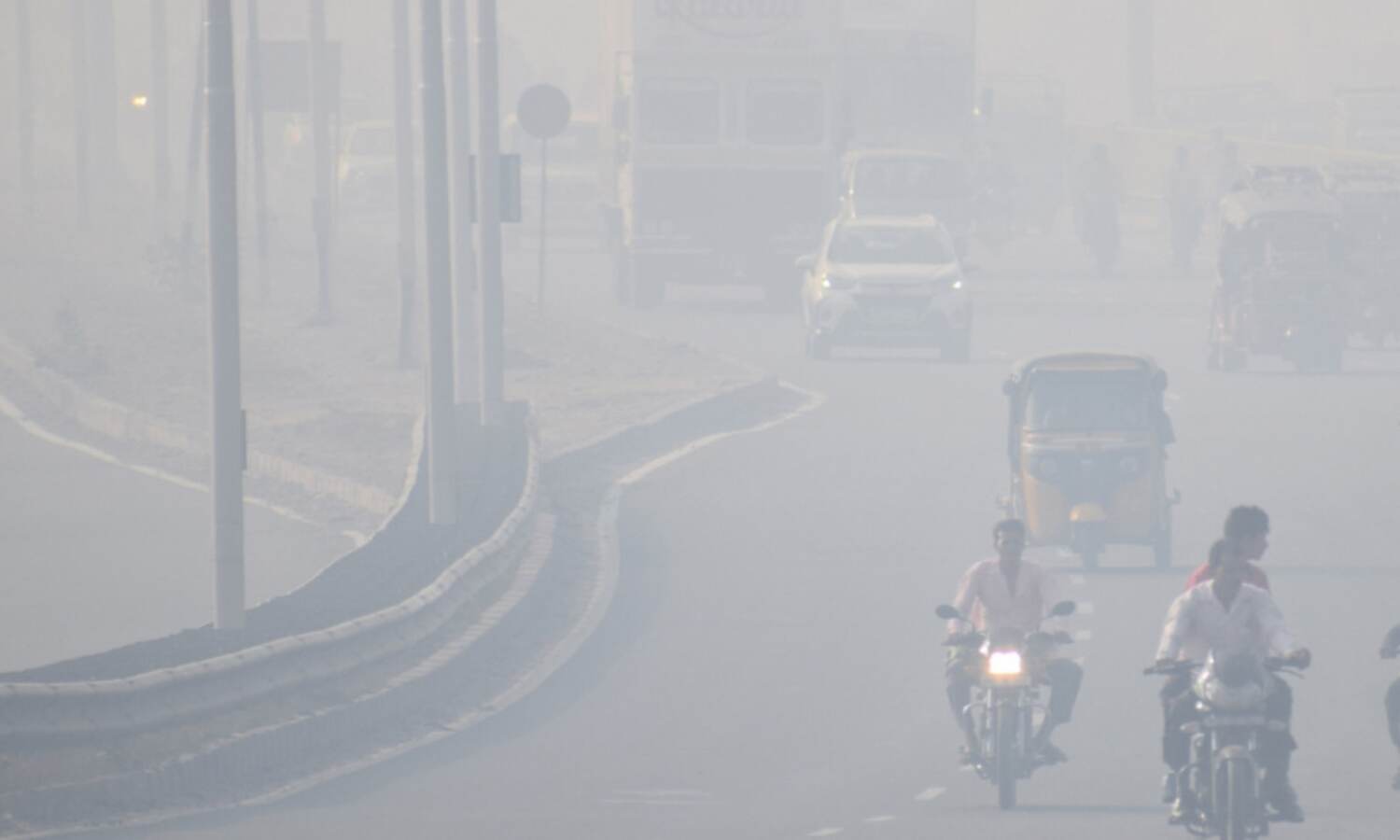Not Just New Highways, Delhi Needs Bus-Rapid Transit, Cycle And Walking Paths To Curb Traffic, Pollution

Boston: Delhi has laid the foundation stone for at least two new road projects in the last month--the 170-km-long Saharanpur National Highway Corridor and 27.6-km-long Northern Peripheral Road or Dwarka Expressway--promising to ease traffic, save commute time and reduce pollution by emissions from cars idling in traffic.
The logic of building bigger roads to ease congestion has led to dizzying knots of flyovers and expressways all around the world. But when we create more space for cars, traffic rises to meet the new capacity--often leaving travel times unchanged or even worsened, a phenomenon known as “induced demand”. More pavement makes a road temporarily faster, but this also makes travel “cheaper”, causing more trips or diverting travel from other roads, until congestion is just as bad as ever.
Examples have been around almost as long as the automobile itself. Take New York City’s Triborough Bridge. Before it opened in 1936, local officials believed it would reduce congestion by half, according to Robert Caro’s 1977 biography of urban planner Robert Moses. But within a month, the Triborough was the site of what a local newspaper called a “cross-country traffic jam”.
Even China’s 50-lane highway is not immune, having been the site of a 12-day jam in 2010.
Estimates of induced-demand effects vary, but one analysis of US cities between 1983 and 2003 by economists Gilles Duranton and Matthew Turner at the University of Toronto found that traffic volumes kept up with roads. In other words, we cannot build our way out of traffic.
Delhi itself has fallen into this same trap before. The ministry of urban development’s High Powered Committee on Decongesting Traffic in Delhi, 2016 noted, “despite… increasing the length of the road network and road surface space through widening… the traffic congestion has continued to increase unabated”. Yet, as Delhi policymakers announce new projects to meet growing demand, they risk repeating this mistake.
And traffic is more than a nuisance. By some estimates, up to 30% of Delhi’s hazardous particulate matter is transportation-related, and vehicles are responsible for a third of greenhouse gas emissions, according to the government’s 2016 emissions inventory. A 2017 analysis by the Centre for Science and the Environment showed that Delhi’s traffic was at “peak” for the entire 12-hour period that they measured--a rush hour that never ends.
Delhi is forecast to become the world’s largest city by 2028, adding 11 million people by 2035, according to an International Association of Public Transport analysis of United Nations data. If it tries to build roads to accommodate them, we can look forward to even more smog-filled gridlock.
If instead Delhi’s policymakers are serious about a more efficient, cleaner, and safer transportation system that can accommodate millions of additional people in the coming years, they have options.
Buses, cycle and pedestrian lanes move more people, more freely and reduce pollution
Providing dedicated lanes for buses, or moving to bus-rapid transit (taking Delhi’s past lessons into account) can efficiently and reliably transport at least four times as many people as single occupancy vehicles, while avoiding costly pile ups. Delhi’s current plans to buy more buses are a good start, but this will likely need to be expanded to make buses a viable option for many.
With conservative estimates, today’s bike lanes can move three or four times more people in an hour compared to cars, and will become even more efficient with the introduction of new e-bikes and electric scooters.
Delhi’s footpaths could carry more people too, but Delhi traffic police report half of all footpaths are obstructed, pushing pedestrians into the street far too often for comfort. Investing in bike and pedestrian infrastructure would allow many more Delhiites to move more freely while emitting less or no pollution, and paying less for their commutes.
Finally, Delhi can lead by using pricing strategies on its roads that encourage people to take only the trips that they really need or carpool.
High-occupancy vehicle requirements--though much maligned in the press--had actually helped reduce congestion in Jakarta, Indonesia, a report by Rema Hanna, co-Director of Evidence for Policy Design at Harvard Kennedy School, along with MIT co-authors shows. Another analysis of London’s congestion charge found a 30% reduction in congestion. Some cities, such as Oslo and Madrid, are even trying to remove cars from their urban cores altogether, returning the streets to the people.
Looking at a new highway in 1939, New York City officials “could not understand where those cars had come from”, according to the Robert Moses biography. The roads they had attempted to relieve were “just as jammed as ever”. Now after 80 years of trial, error, and research in cities all over the world, Delhi has many more options to tackle congestion.
(Suter is a senior programme manager at Evidence for Policy Design, Harvard Kennedy School.)
We welcome feedback. Please write to respond@indiaspend.org. We reserve the right to edit responses for language and grammar.


